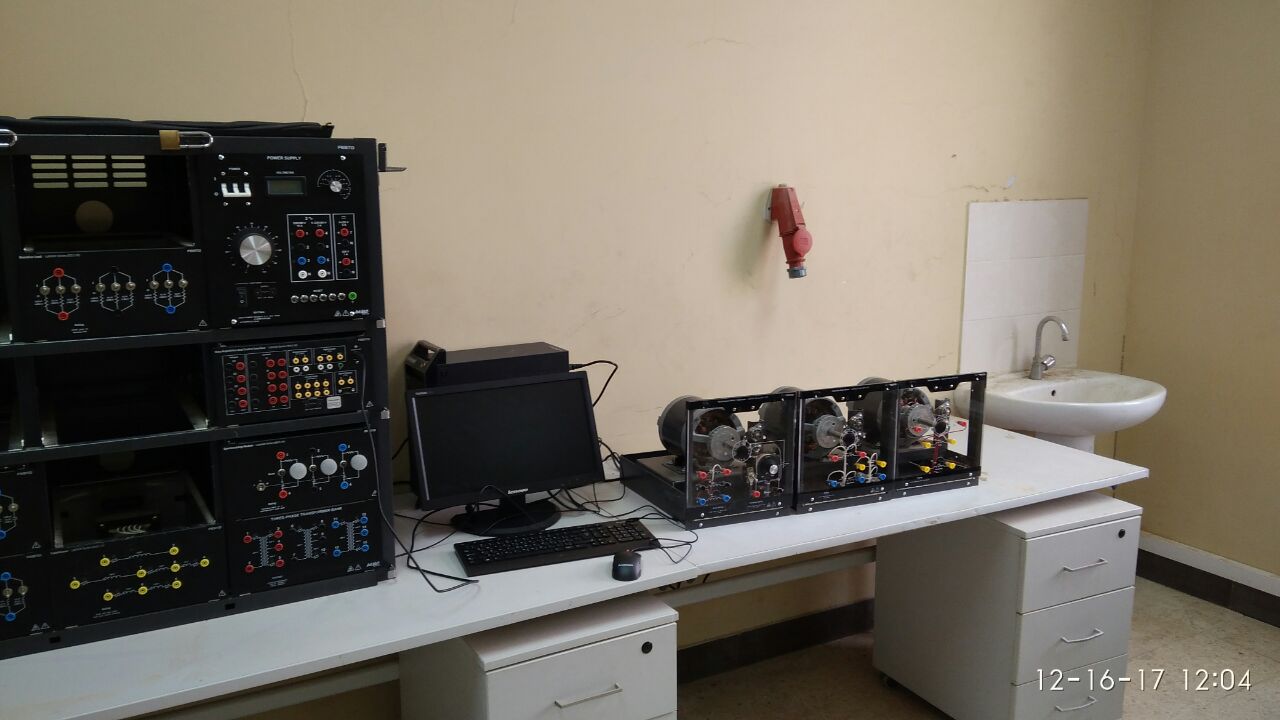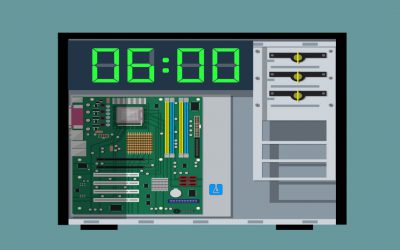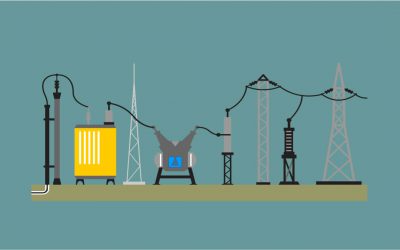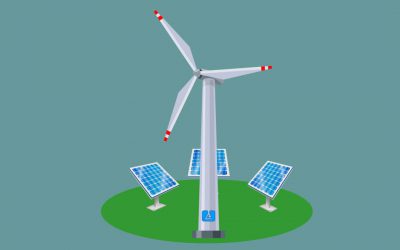The lab system offers an integrated solution for teaching residential, commercial and industrial wiring that enables students to install wiring and electrical devices consistent with Electrical Code Standards. Devices include: Panels, breakers, receptacle switches, motion sensors, timers, florescent lighting, recess lighting, and many more. The lab is designed to mimic real-environment.
The lab also, provides hands-on training in the construction of rotating machines used industrial applications as well as motor winding techniques include basic components such as laminations, motor ends, and magnet wire, the Motor Winding Kit allows the assembly of a squirrel-cage induction motor, a wound-rotor induction motor, a three-phase synchronous machine, and a split-phase capacitor-start motor. All parts necessary for assembly of the four machines are included in the kit. Two types of stator laminations are included for winding a three-phase stator and a single-phase stator.
. The lab enables students to apply various experiments and activities in residential wiring, industrial wiring, and Fire Alarm wiring covers following topics
- Lab Equipment Familiarization
- Voltage, Current, and Ohm’s Law
- Equivalent Resistance
- Power in DC Circuits
- Series and Parallel Circuits
- Prime Mover and Brake Operation
- Permanent Magnet DC Motor Operating as a Generator
- Permanent Magnet DC Motor Operating as a Motor
- The Sine Wave
- Phase Angle and Phase Shift
- Instantaneous Power and Average Power
- Inductive and Capacitive Reactance
- Impedance
- Active and Reactive Power
- Apparent Power and the Power Triangle
- Solving Simple AC Circuits using Circuit Impedance Calculation
- Solving AC Circuits Using the Power Triangle Method
- Voltage and Current Ratios
- Transformer Winding Polarity and Interconnection
- Transformer Losses, Efficiency, and Regulation
- Transformer Rating
- Effect of Frequency on Transformer Rating
- The Autotransformer
- Three-Phase Circuits
- Three-Phase Power Measurement
- Phase Sequence
- Prime Mover and Brake Operation
- The Three-Phase Squirrel Cage Induction Motor
- Eddy-Current Brake and Asynchronous Generator
- The Three-Phase Synchronous Motor
- Synchronous Motor Pull-Out Torque
- Three-Phase Synchronous Generator No-Load Operation
- Voltage-Regulation Characteristics
- Generator Synchronization
- Three-Phase Transformer Configurations
- Direct Current Machine Assembly
- Split-Phase Capacitor-Start Motor Assembly
- Capacitor-Run Motor Assembly
- Two-Value Capacitor Motor Assembly
- Universal Motor Assembly
- Three-Phase Wound-Rotor Induction Motor Assembly
- Three-Phase Squirrel Cage Induction Motor Assembly
- Synchronous Machine Assembly
- Synchronous Reluctance Motor Assembly
- Two-Speed Variable-Torque Motor Assembly
- Two-Speed Constant-Torque Motor Assembly
- Two-Speed Constant-HP Motor Assembly
- Two-Phase Wound-Rotor Induction Motor Assembly
- Triple-Rate Motor Assembly
- Three-Phase Wound-Rotor Induction Motor
- Synchronous Machine




